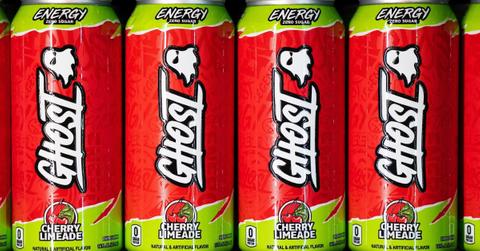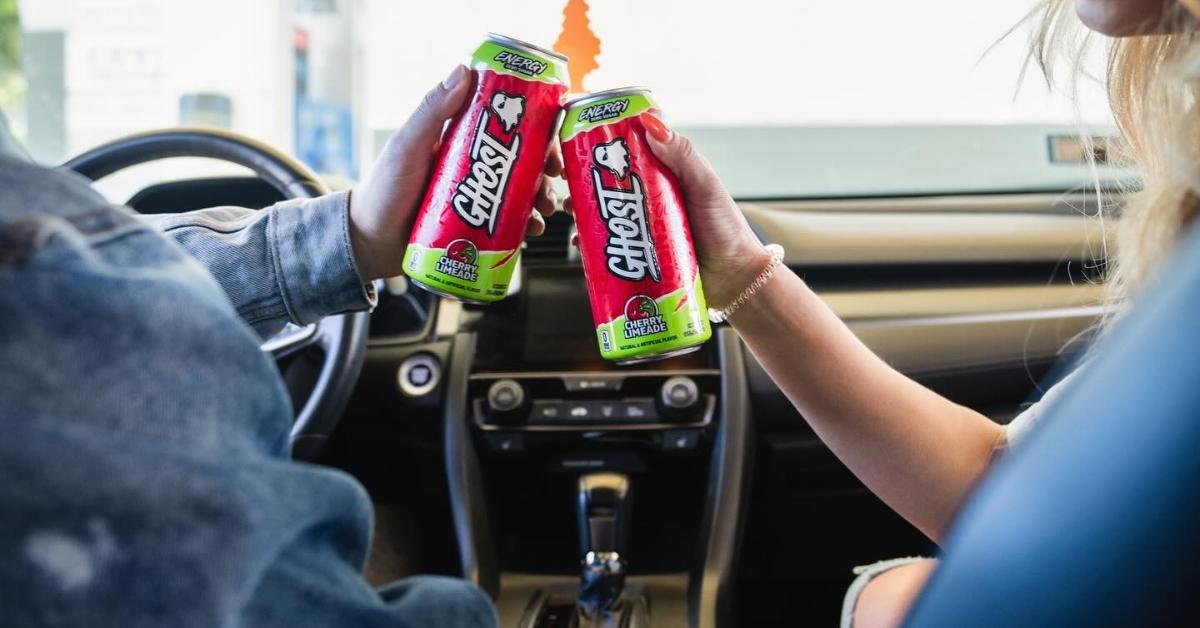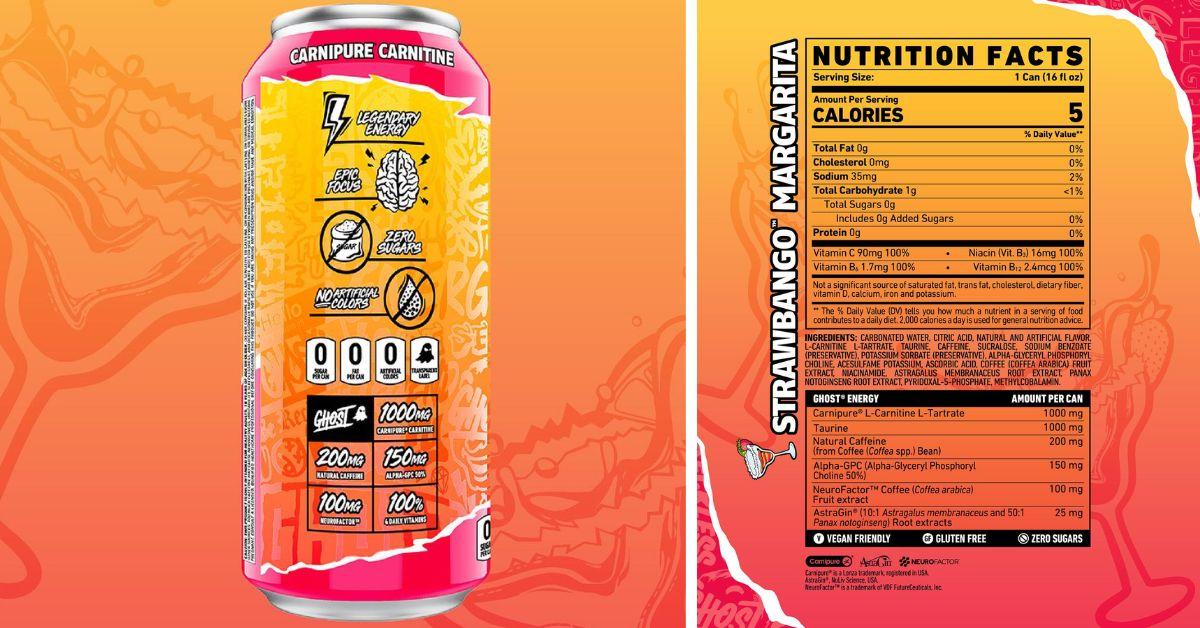Haunted Hydration: What You Need to Know About the Health Risks of Ghost Energy Drinks
Published Nov. 29 2023, 5:01 p.m. ET
The Gist:
- GHOST Energy drinks contain 200mg of caffeine per 16 oz. can, which is okay for adults but higher than what is recommended for teens.
- GHOST Energy drinks use sucralose instead of sugar, which may not be good for you.
GHOST Energy is a relatively new product in the energy drink market that is gaining popularity. Presented in bright, highlighter-like colored cans, GHOST Energy is marketed as “the fully transparent, fully loaded, feel-good energy drink we’ve all been waiting for.”
According to Beverage Industry, GHOST Energy was created in 2020 by the founders of the supplement company GHOST. The GHOST parent company sells supplements for workouts, weight management, and wellness, so you may think GHOST Energy is healthy for you. But are GHOST Energy drinks bad for you?
Are GHOST Energy drinks bad for you?
Like most energy drinks on the market, GHOST Energy drinks can be bad for you, especially with the caffeine they contain. GHOST Energy drinks contain 200 mg of caffeine, which is standard for energy drinks.
According to the Mayo Clinic, healthy adults can safely drink up to 400 mg of caffeine daily, equivalent to about four cups of coffee. However, teens aged 12 - 18 shouldn’t have more than 100 mg of caffeine daily, per the American Academy of Child & Adolescent Psychiatry (AACAP).
With many GHOST Energy drinks flavored after popular candies like Sour Patch Kids, Warheads, and Swedish Fish, the company has been accused by the Truth in Advertising organization of deliberately marketing the energy drinks to a younger audience.
GHOST Energy drinks are sugar-free, but the artificial sweetener sucralose used instead is not necessarily healthier. According to Healthline, Conflicting studies have been done on the effects sucralose has on blood sugar and insulin sensitivity. While one study said the artificial sweetener had no negative impact, another study found that it did.
GHOST Energy drinks don’t contain artificial colors, according to their marketing. But they do contain artificial flavors and the preservatives sodium benzoate and potassium sorbate.
Here are some of the GHOST Energy drink ingredients and nutrition facts.
While GHOST Energy claims to be “fully transparent,” you’ll have difficulty finding the energy drink’s ingredients on the brand’s website. You’ll have to check out the brand’s Facebook page for the information.
Besides caffeine, the other active ingredients in each 16-fluid ounce can of Ghost Energy include:
1000mg Carnipure L-Carnitine L-Tartrate
1000mg Taurine 1000 mg
150mg Alpha-GPC (Alpha-Glyceryl Phosphoryl Choline)
100mg NeuroFactor Coffee Fruit Extract
25mg AstraGin (Astragalus membranaceus and Panax notoginseng) Root Extracts
Carnipure, NeuroFactor, and AstraGin are trademarked ingredients with little information available to consumers.
Taurine is an amino acid found naturally in meat and other proteins, per the Mayo Clinic. While not necessarily harmful, one study found that taurine combined with caffeine in energy drinks could have “adverse effects on the adolescent and young adult brain.”
Alpha-GPC (alpha-glycerylphosphorylcholine) is a chemical often included in dietary supplements, according to WebMD. It is believed to help increase memory and is used for people with Alzheimer’s.
So, if you're planning to pick up an energy drink in the future, remember to always be aware of the ingredients (and caffeine intake) before you sip.


